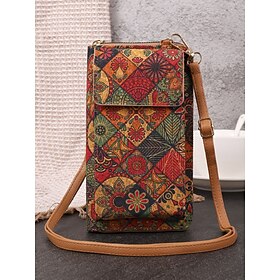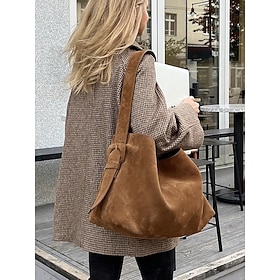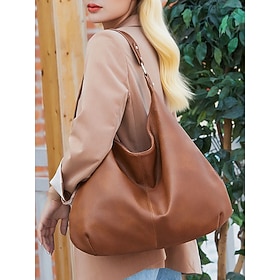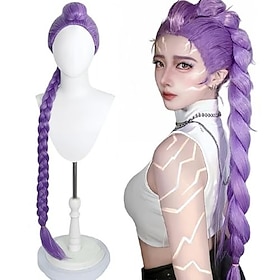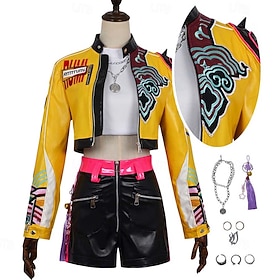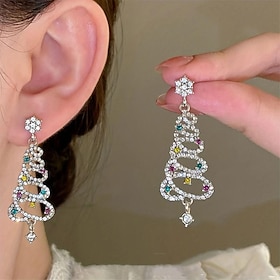A brief overview
- 1 Gen Z’s Role: The Real-Time Creator of Trends
- 2 Icons, Stylists & Their Fashion Power Moves
- 3 Runways & Collaborations: Where Pop Culture Meets Mainstream
- 4 Viral Aesthetics as Social Media – Pop Culture Fashion Trends
- 5 Style with Substance: Statements & Values
- 6 Economics & The Business Side
- 7 Where We’re Headed Next
- 8 Conclusion
Pop culture style trends are celebrity fashion plus so much more; they are the pulse of our generation. From popular TikTok styles to blockbuster movies and red carpet fashion, these trends dictate not only wardrobe closets, but identity chatter, nostalgia factor, and culture buzz. Here’s a closer look at how it all unfolds with realism-to-the-letter circumstances you can’t help but relate to, styles that catch fire through any population group, and propelling those trends are.
Gen Z’s Role: The Real-Time Creator of Trends
For fashion to have a conductor, it is Gen Z who is waving it. The generation is neither waiting for runway presentations nor fashion weeks; it generates trends from bedrooms, TikTok studios, and thrift shops. The mainstream micro-aesthetics fuses comfort and sustainability with gender fluidity.
For instance, Blokette Core mixes sporty “bloke” pieces with football jumpers, large athletic jackets, Adidas Sambas with really feminine coquette pieces: flirty skirts, bows, ballerinas. The style was popularised by the Nymphet Alumni podcast at the end of 2022 and quickly circulated on TikTok.
Or Coastal Cowgirl, combining beachy minimalism and Western grit. Sundresses and cutoff denim and cowboy boots and straw hats, all in sun-frosted colors and rugged materials. Sydney Sweeney posed sporting a coastal cowgirl look featuring lace-eyelet mini and cowboy boots, and the #CoastalCowgirl tag marked over 60 million views.
There’s Barbiecore scorching hot pinks, glittering nostalgia, and lady boss attitudes. After the release of the Barbie film, pink went bananas: Valentino’s “Pink PP”, collaborations with Zara, and Barbie pop-ups. The trend dominated visual culture and even consumer behavior itself, with pink items posting dramatic spikes in searches and sales.
View this post on Instagram
Gen Z is less about following and more about remixing, uplifting, disregarding rules with a deaf ear, and creating style as personally and communally as possible.
Icons, Stylists & Their Fashion Power Moves
Trends are not accidents; oftentimes, they are constructed. Actors and fashionistas are cultural style trend engineers, turning accidents out into direction.
Zendaya & Law Roach have made the red carpet their canvas. Whether it’s a structural gown or unconventional pairing, each look seems intentionally risky, fusing glamour and edge-pushing style.
Billie Eilish transitioned from her original signature of oversized hoodies and hyper-casual outfits to embracing constructed, glammier pieces while staying true to herself.
View this post on Instagram
Every style transition weaves itself into the broader overall tale of pop culture style trends.
These are not flashbulb moments happening in a void. The fans consume, copy, re-mix. Photos are uploaded, fashion stories follow, and stores retail similar items. The ripple effect is humongous.
Runways & Collaborations: Where Pop Culture Meets Mainstream
The fashion industry has its signature collaborations and capsule collections that blur lines between street, stage, and runway.
Fendi x Nicki Minaj — “Prints On” capsule: loud, bold, fearless. Over 120 items, marrying luxury with pop confidence, selling out fast.
Adidas x Bad Bunny: kicks, athletic apparel, statements. These aren’t subtle collabs — they’re culture drop-events.
Concert merch today isn’t so much memory wear anymore. It’s fashion-conscious, layered, dressed up. Beyoncé’s Renaissance merch, Taylor Swift’s tour hoodies, all dressed to be streetwear chic and not tourist T-shirts.
Viral Aesthetics as Social Media – Pop Culture Fashion Trends
Instagram, TikTok, and Pinterest are incubators as much as platforms. A clip, a reel, or a meme can cause micro trends to occur. A “Get Ready With Me” vlog with a happy song can make a look go viral. Labels like #coastalcowgirl, #blokette and #barbiecore have millions of views and create demand for products to achieve those looks. Aesthetics and memes dictate fashion: snarky graphic tees, hashtag emotions, or bright hues; they are embedded in how one expresses identity, and many of these shifts spill directly into materials that suddenly dominate conversations, especially when denim reenters the spotlight.
Style with Substance: Statements & Values
Pop culture style is never simply about how it looks; it’s about how it communicates. Trends convey things.
- Representation: More body shapes, more races, gender fluidness, intermixing masculine and feminine codes (e.g., Blokette).
- Sustainability: Thrift stores, upcycling, reuse, not because it’s trendy, but because it’s valued.
- Cultural reference: Barbiecore is pink, plus it is about nostalgia, escape, and pop iconography. Coastal Cowgirl puts freedom, outdoorsiness, and rural Westernness around a sun-fried fantasy.
Economics & The Business Side
Fashion trends in popular culture have become big businesses. Companies are seeking micro-trends to quickly sell “drop” goods. Low supply and hype are selling points. Barbie collaborations and fast fashion brands are releasing pink-dominated collections.
Search data: searches for pink clothes spiked following Barbie movie scenes. It’s not fashion; it’s world-building. Nail colors, interior design, and phone cases all have identical color palettes.
Where We’re Headed Next
What’s happening now is that pop culture style trends will continue to become increasingly democratic, technology-enabled, and interactive.
AI stylists helping people find their aesthetic. Brands are asking fans to vote for designs. Intermedium trends: fashion from gaming to fashion gaming to digital fashion. Every style moment, every TikTok melody, has the potential to become the next big visual meme.
Conclusion
Fashion is no longer relegated to backstage; pop culture fashion trends bring it to the center stage. As you scroll through TikTok, see a movie premiere, or scan street style shots, trends speak louder than ever. The thing of beauty is this: you’re not only witnessing culture, but you’re also contributing to it.









